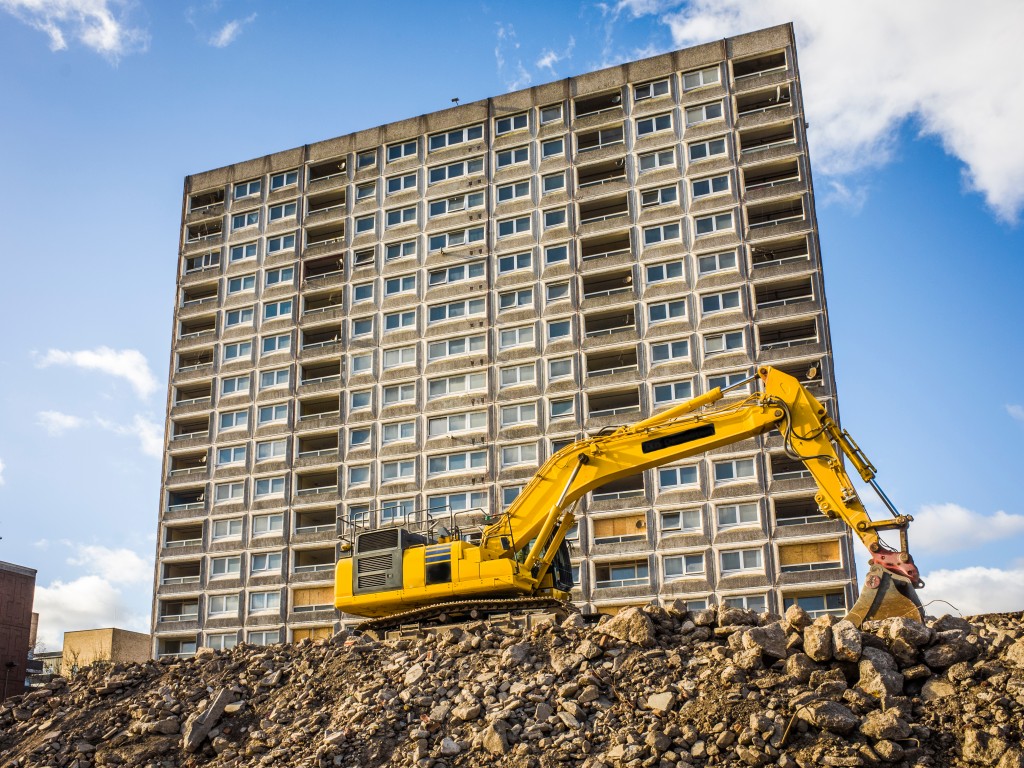Through the years, the construction industry has taken great strides to develop and improve construction materials. And recent developments can benefit businesses and consumers alike.
One common concern about the construction industry is its carbon footprint. It accounts for 38% of CO2 emissions. In less than a decade, the effects of climate change will become irreversible and endanger people’s lives around the world. Every industry, including the construction industry, must do what it can to reduce carbon footprint and protect the environment.
Fortunately, there are new, emerging building materials that can address this concern. And they can even make buildings and homes safer than before.
Self-healing Concrete
One of the more popular sustainable construction materials is self-healing concrete. Ordinary concrete is mixed with other adhesives, such as polymer and bacteria, to give it self-healing properties. If the concrete cracks, environmental properties like air and heat help the concrete heal itself. Self-healing concrete is sustainable as it reduces the need for constant repairs of buildings, houses, and even public structures.
It may be challenging to make self-healing concrete a mainstream construction material right now since it’s still expensive. But as with other forms of technology, it can become more affordable after some years. And when that time comes, construction companies like the NorthWest Engineering Service, Inc. will help build a more sustainable society.
Self-healing Metal
Aside from concrete, metal can be self-healing too. Most metals are made of microscopic crystalline grains. According to MIT’s observation, these grains can migrate and fill small cracks, “healing” metal. Early tests only show that this is possible in tiny cracks.
The existence of this technology suggests that people can build more durable homes, buildings, and other infrastructure. If you think about it, large-scale metal damages come from small cracks that were ignored and worsen over time. With self-healing metal (and other self-healing materials), buildings can have a longer lifespan.
Transparent Aluminum
The future is about to look like a sci-fi film with transparent aluminum. It is commercially known as ALON, a shorter name for its base material: aluminum oxynitride.
Transparent aluminum is the perfect glass replacement. Glass easily breaks. And in buildings or homes, when a glass cracks, it needs to be replaced every time, taking a lot of energy and money. Meanwhile, transparent aluminum is just as clear as glass but more durable. It can also withstand rain and sand erosion.
Transparent Wood
It may sound impossible, but transparent wood does exist. To make wood transparent, lignin is extracted from it and replaced with a certain type of polymer. This augmentation makes the wood transparent. It also becomes weather-proof, fire-resistant, and stronger by three to five times than regular wood.
The characteristics of transparent wood make it a great alternative. It can help in lowering carbon emissions as wood can naturally store carbon. And since augmented wood is stronger and weatherproof, it needs to be repaired less.
Light-generating concrete
As its name suggests, light-generating concrete can emit light on its own, without using electricity. Instead, it gets light from the sun and other lamps. It’s comparable to glow-in-the-dark stickers you can buy from the grocery store.
This technology can be used in several situations that will save people money and reduce power usage. For example, glow-in-the-dark concrete can be used to light paths in public places. Or it can be used in certain portions of a room, removing the need to leave a night light on overnight.
Pollution-absorbing Bricks
Pollution is a huge problem in many cities. It’s also a major contributor to global warming. Thus, pollution-absorbing bricks will be a valuable addition to mainstream construction materials.
A pollution-absorbing brick has an air filtration system inside. This material gains inspiration from a vacuum cleaner. The brick removes heavy pollutant particles from the air and drops them into a removable container in its base.
Hydroceramic
Hydroceramic is a combination of hydrogel and ceramic. This construction material is sustainable in that it can naturally cool down an enclosed space and transfer humidity. This indicates energy efficiency and, as a result, lower utility bills. And another thing that makes hydroceramic more appealing is its low production cost.
These are only a few of sustainable construction materials currently being developed. Sure, some of them are not available for regular use yet or are too expensive at the moment. Nonetheless, current research and testing show a promising future for our society: a safer and more sustainable one.


